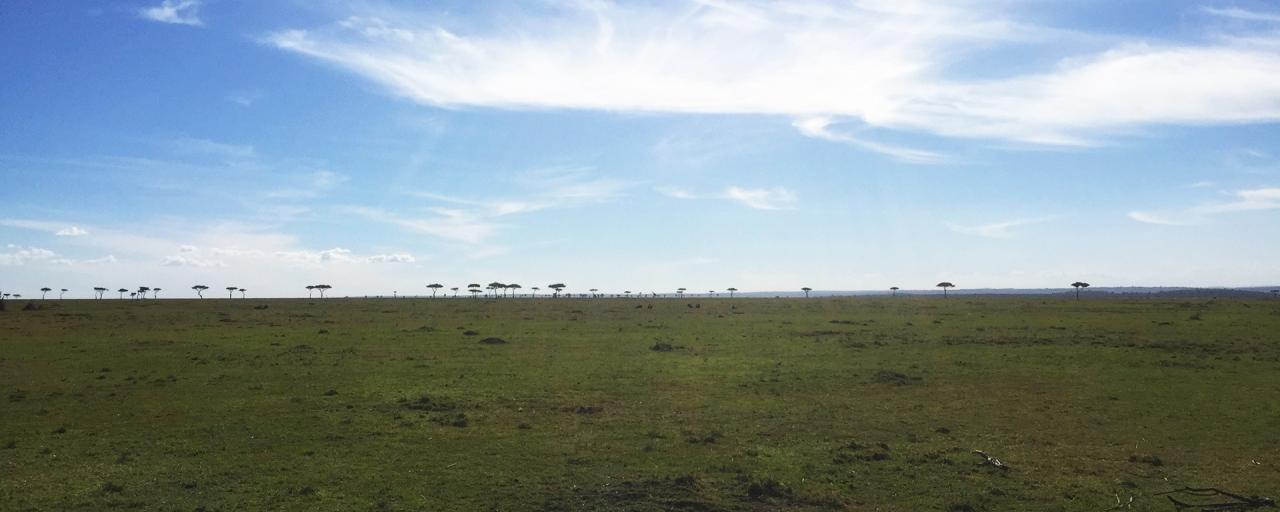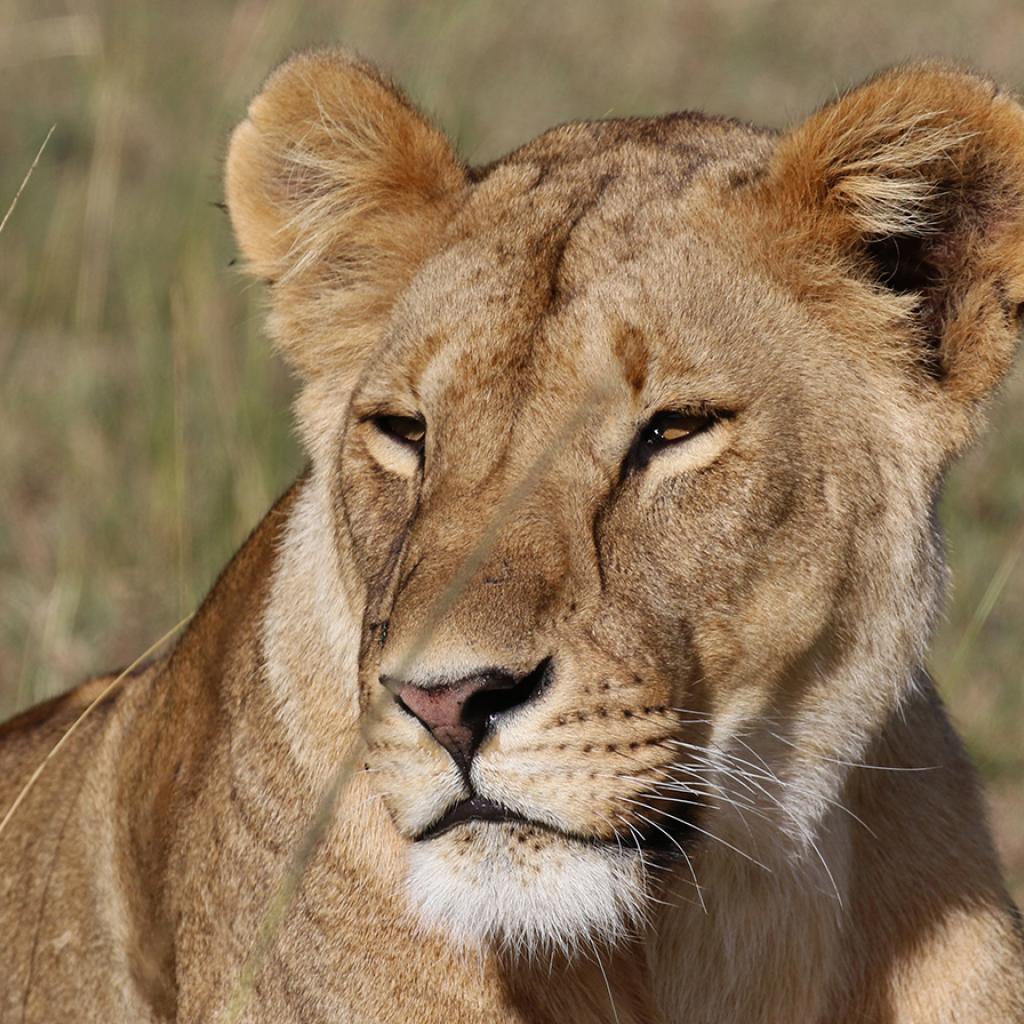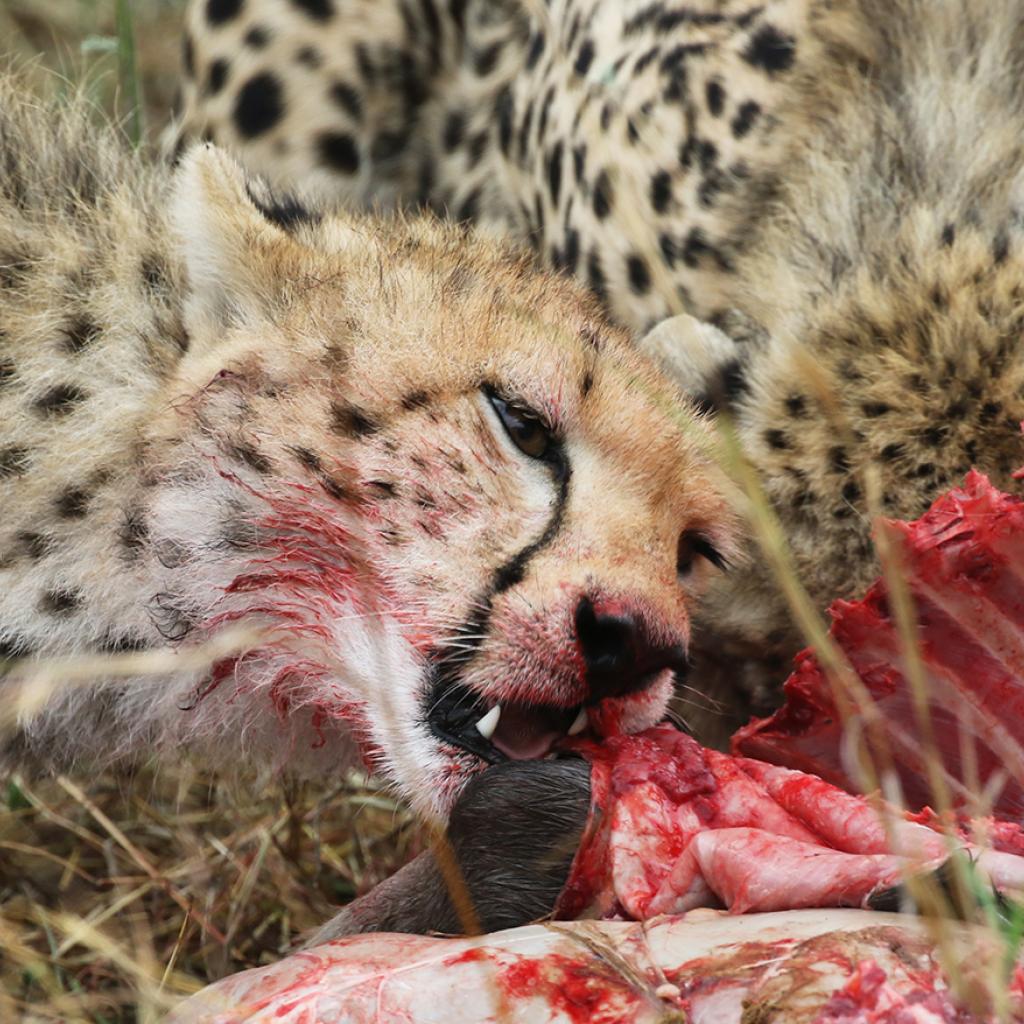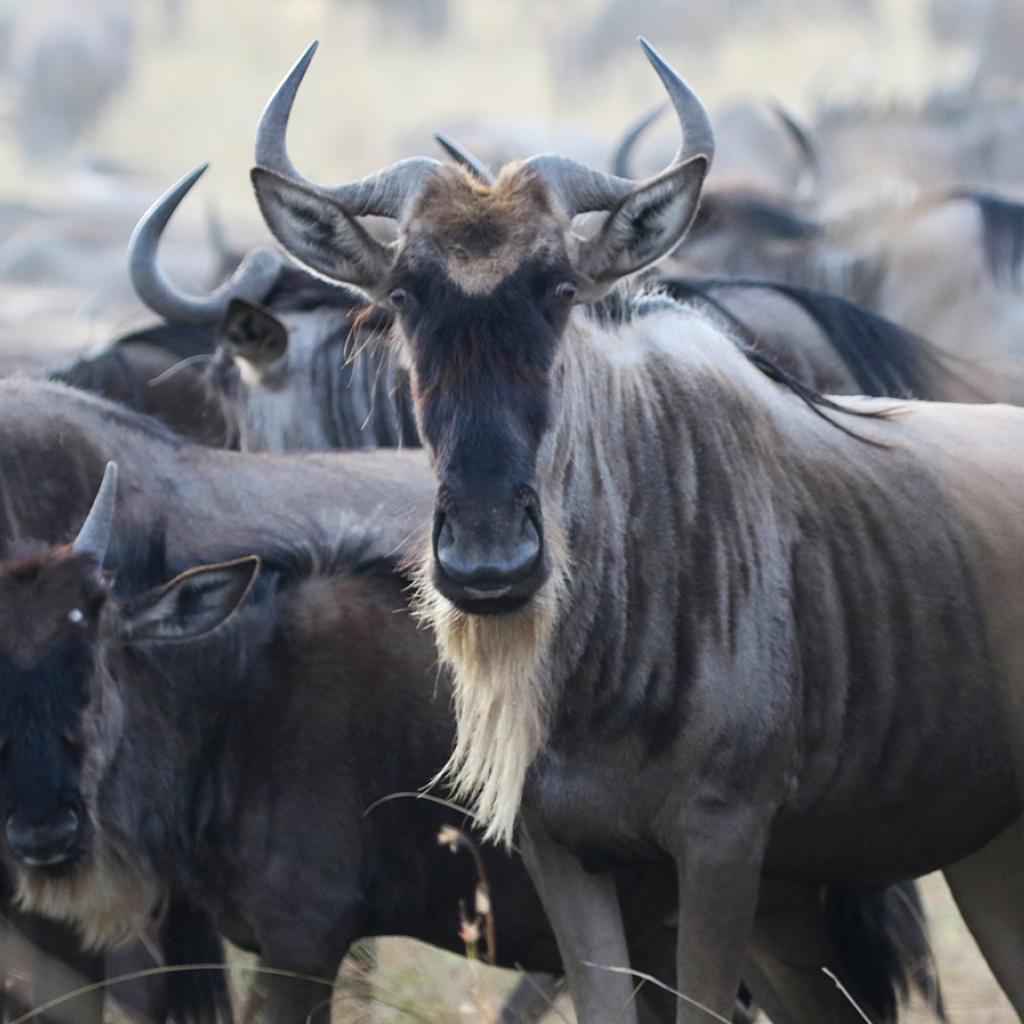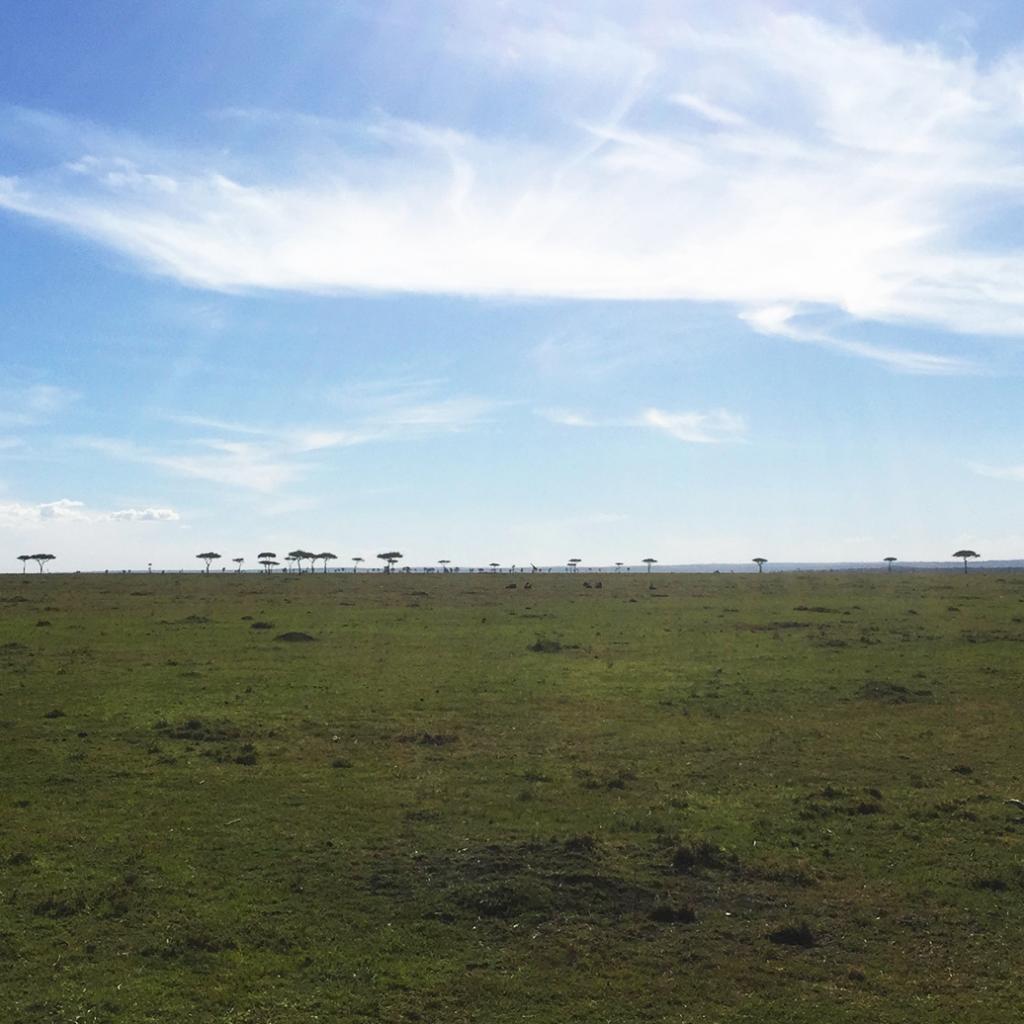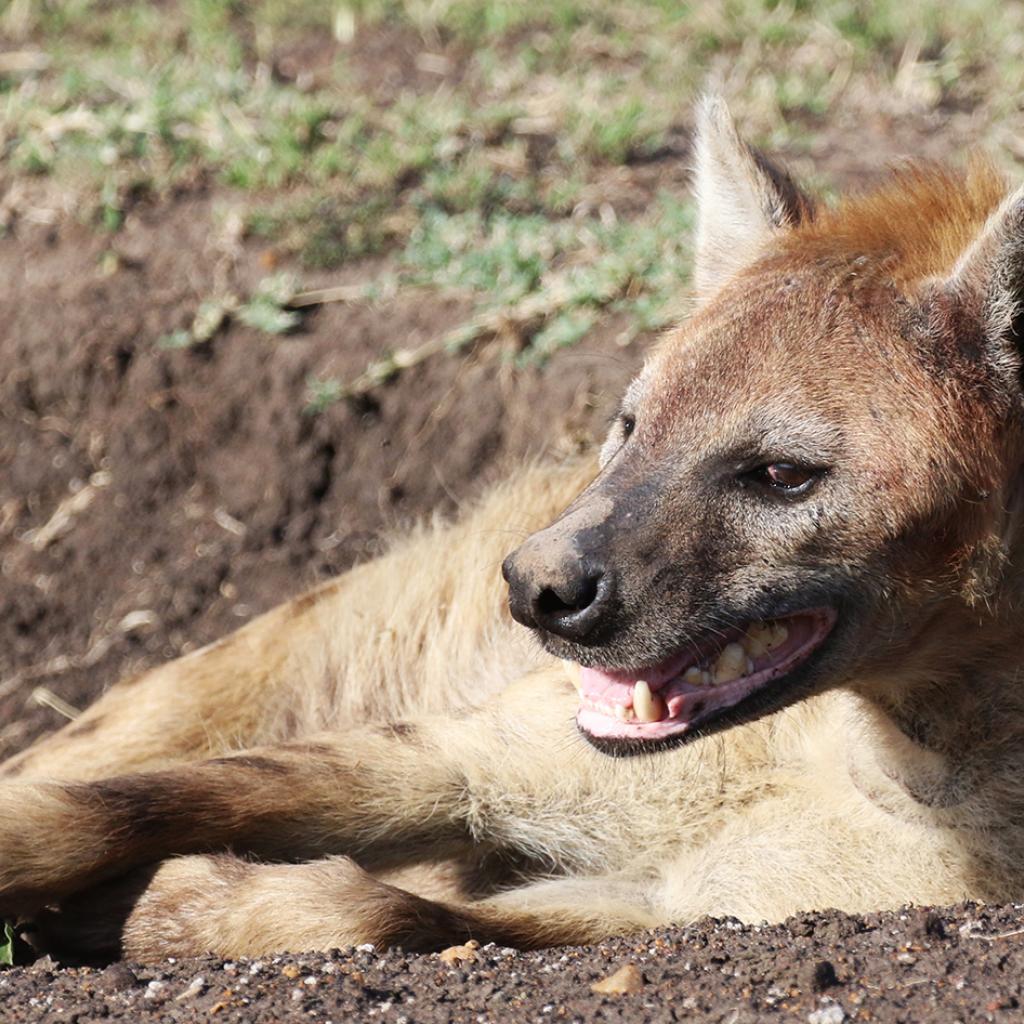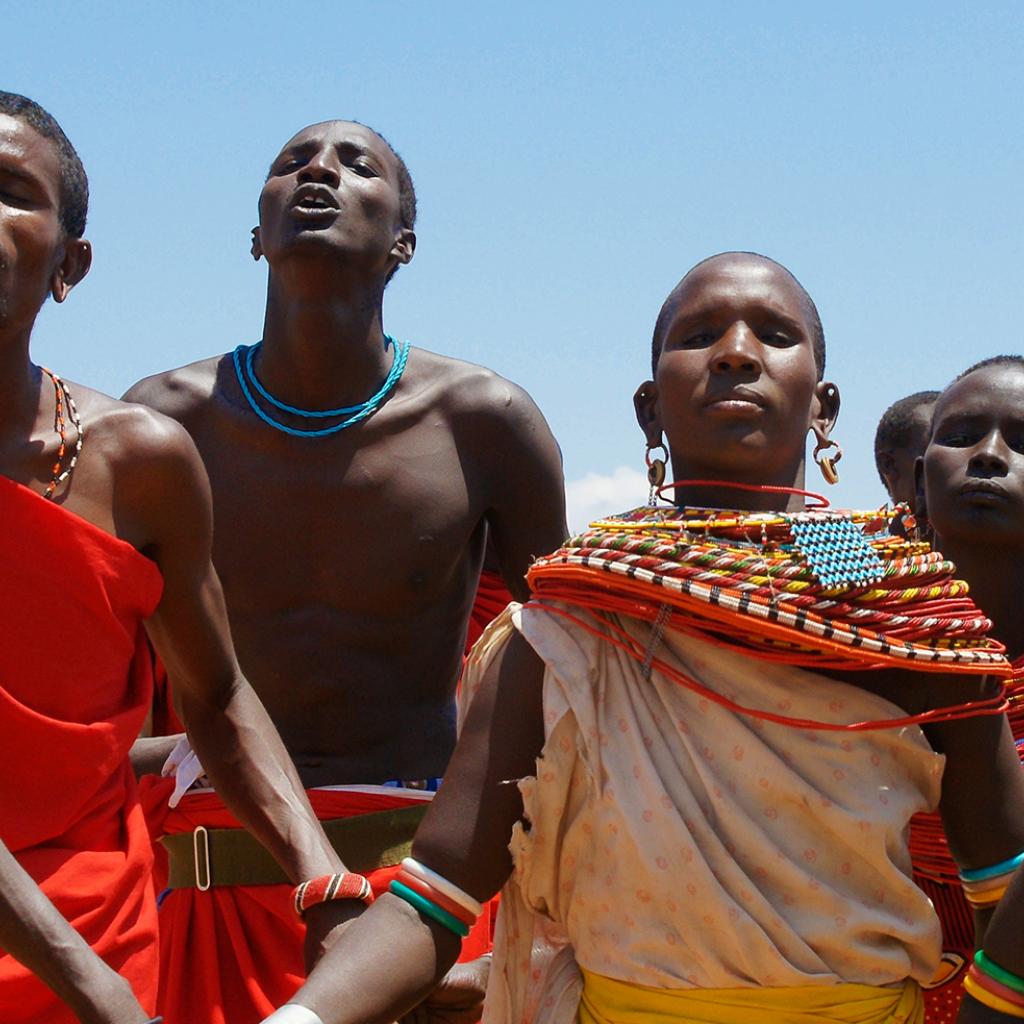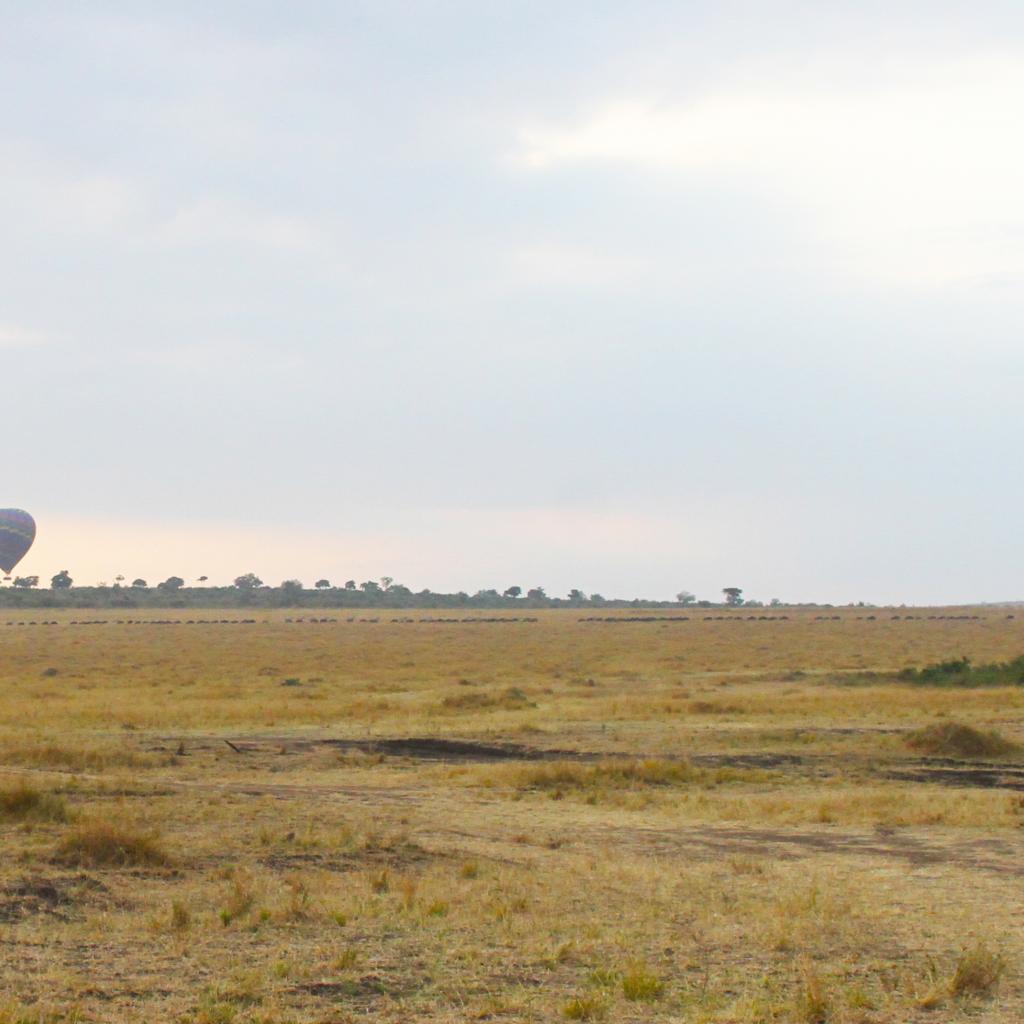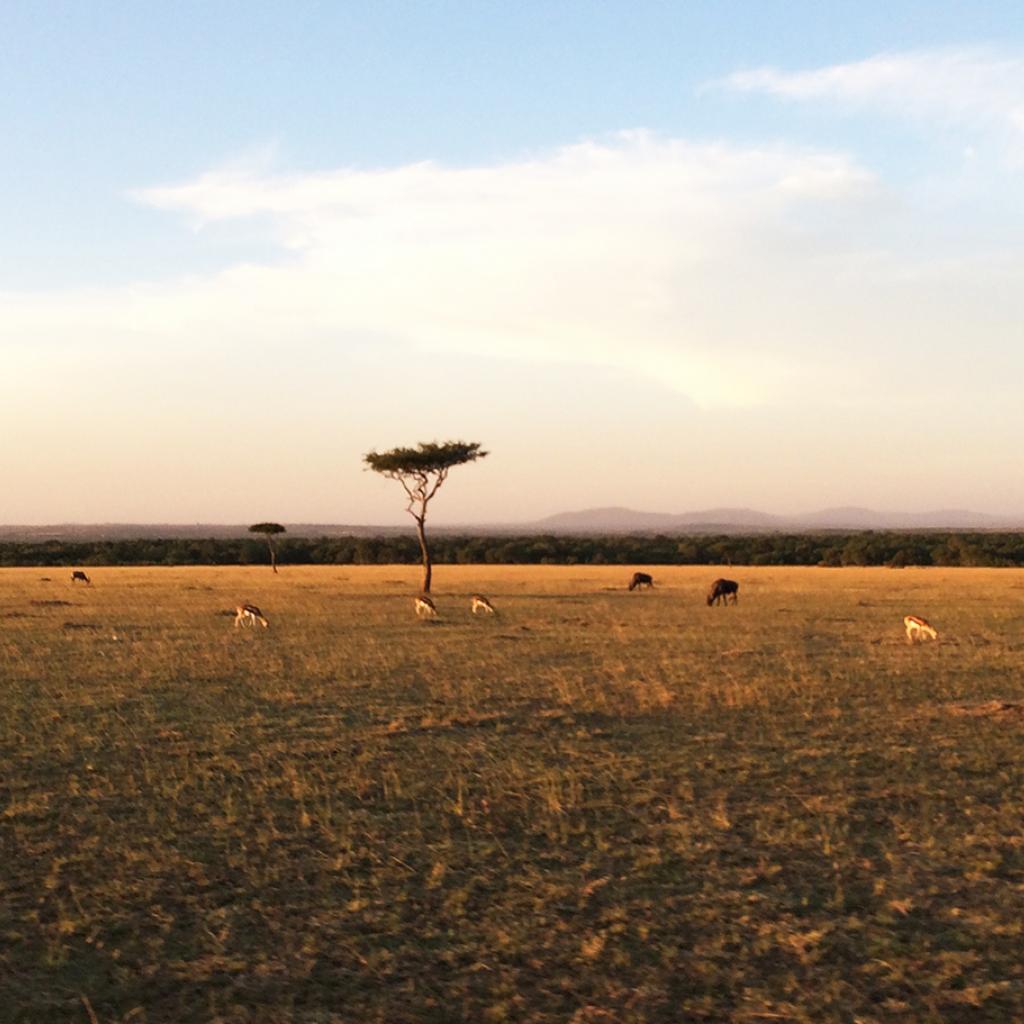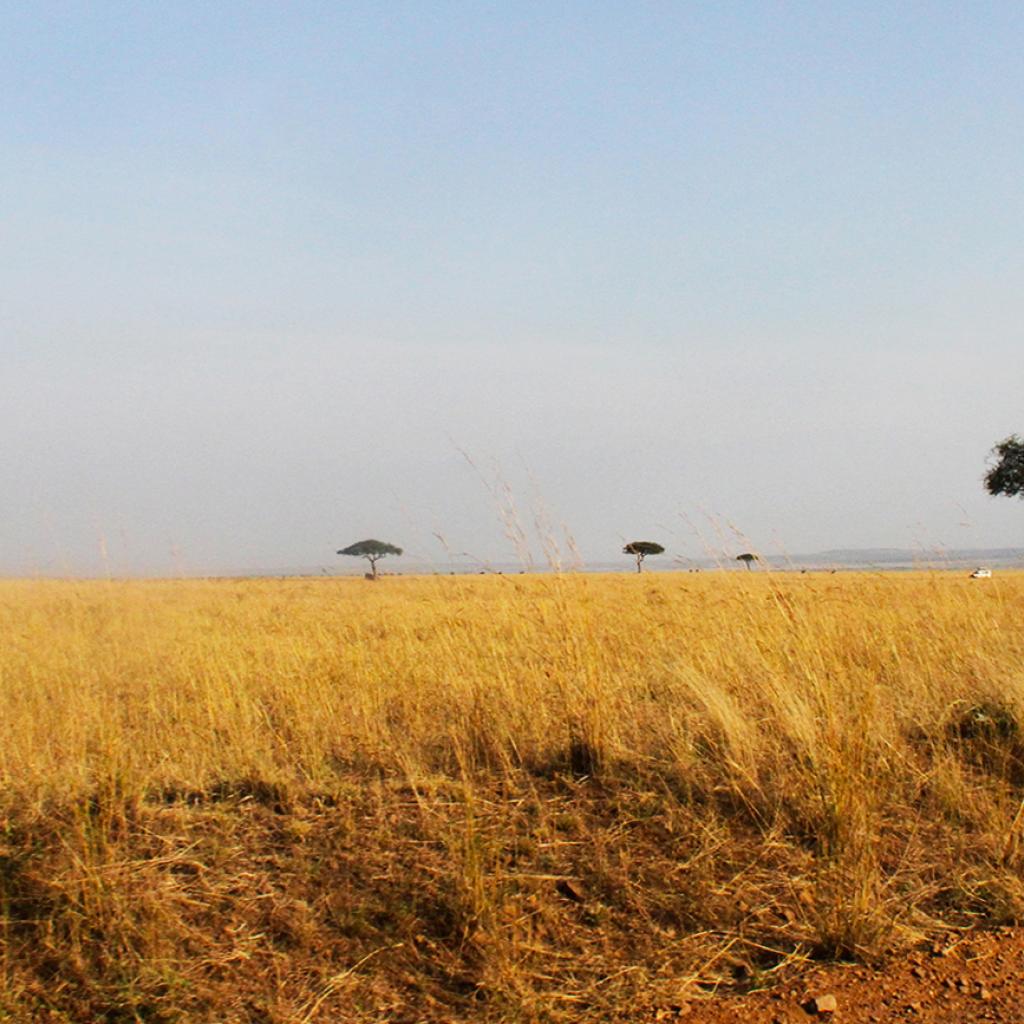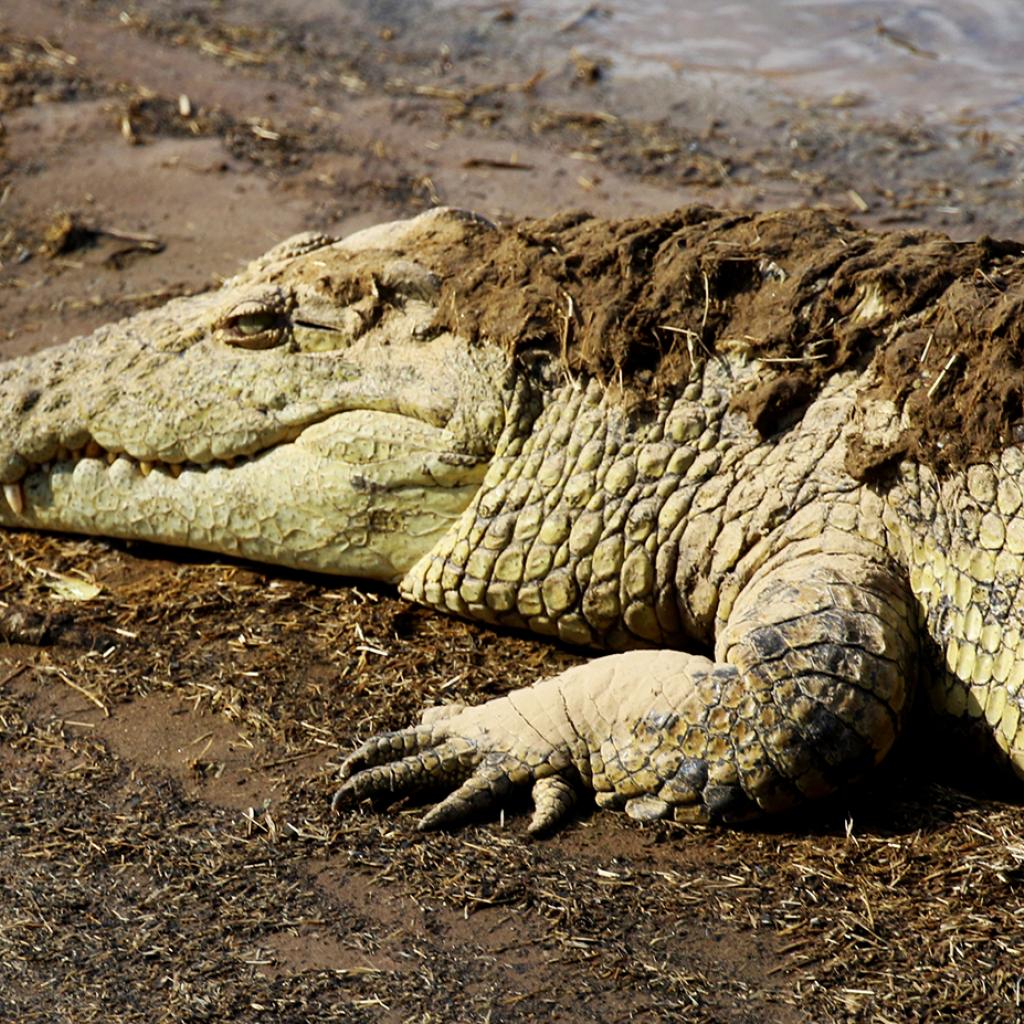The basin of the Mara River was inhabited by a population of hunter-gatherers already 10,000 years ago, although not much is known of these primitive people.
Later, about 2,000 years ago, a population speaking a Cushitic language came from the North to these lands, and, over the years, they joined the population of hunter-gatherers; as evidence of this presence tools, arrowheads, pottery and pieces of livestock fence were found in the Conservancy lands further North.
The Maasai came to this area only in the late seventeenth century, they also came from the North, and more precisely from today's region of South Sudan.
They were more advanced than the previous populations, they used iron to build tools and spears, and had a military organization that allowed them to subdue and supplant their predecessors.
In the nineteenth century, there were two catastrophic events: the first witnessed a Masai civil war that resulted in the loss of human lives and livestock, and later came the rinderpest of 1891, brought here from the livestock of the colonists, this decimated the remaining livestock, but also most of buffalos, wildebeests and other herbivorous in the Reserve.
Following these events, these lands were abandoned by Maasai survivors who led the few head of cattle elsewhere.
Shortly before the First World War the European settlers began to practice in this area the hunting safaris and, for almost half a century, the Maasai Mara was a hunting area characterized by a dense thicket where tsetse flies proliferated, responsible for the sleep disease; this aspect meant that the Maasai were held away from these lands during this period.
In the 30s the British colonizers implemented a plan to remove the elephants from the Lake Victoria region, so the few surviving elephants were moved Eastwards and settled in the basin of the Mara River; here they found the water they needed to survive and plenty of food.
Their constant presence in the area has helped to change the landscape, once in fact there were more trees and bushes, but thanks to the action of these animals the ecosystem of the Great Maasai Mara has the appearance that we know now, where the plains prevail covered by grasslands.
In 1948 the colonial administration established a Sanctuary of Nature Conservation (Wildlife Sanctuary) in the area of 520 sq km that is now occupied by the Mara Triangle; later, in the period that coincided with the achievement of independence from the British Crown, and more precisely in 1961, the area was extended to the Mara River Basin to protect the fauna decimated by hunting, just think that the surviving lions at that period were only 9.
In 1961 this Sanctuary, present in the Mara Triangle, became a Game Reserve and incorporated even the most Eastern area up to cover a surface of 1,821 sq km and it was placed under the administration of the County of Narok or Narok County Council.
In 1974 a part of the Game Reserve was given the status of National Reserve, and while the national parks were managed and administered by the central government, the National Reserves remained under the administration and the management of Counties.
Simultaneously an area of 159 sq km in 1974 and another of 162 square kilometers were returned to local communities and were annexed to the existing breeding areas.
This reduced the area of the National Reserve and in 1984 the National Reserve had an area of 1,510 sq km; this also enabled the Maasai to continue to use these areas to bring their livestock to pasture.
In 1995 the Western part of the National Reserve was separated and placed under the control and management of the Transmara County Council; while the remaining part, East of the Mara River, stayed under the administration of the Narok County Council.
In 2001, the Transmara County Council gave the Mara Conservancy, a nonprofit reality, the area management on the Mara Triangle; the management and the cash flows became more transparent and by that time in this area the operational basis for some researchers were established.
The surrounding areas to the National Reserve and the Mara Triangle were land dedicated to the livestock grazing and managed by Maasai communities; the Kenyan government had promoted the division of these lands into smaller portions allowing private ownership of these parcels of land to individual Masai families.
This, on one hand, would limit the semi-nomadism of Maasai people who often, moving in search of new pastures, pushed themselves beyond the boundaries of the National Reserve; in contrast, however, allowing private ownership of land, has meant that many Maasai began to fence their borders, thus preventing part of wild animals to move freely across the borders of the Reserve.
In recent years, to the North, East and West of the Masai Mara National Reserve, Conservation Areas and Conservancy have been formed and they work for the protection of wild animals, effectively extending the area in which they are free to move safe and protected in search of pasture or prey.


